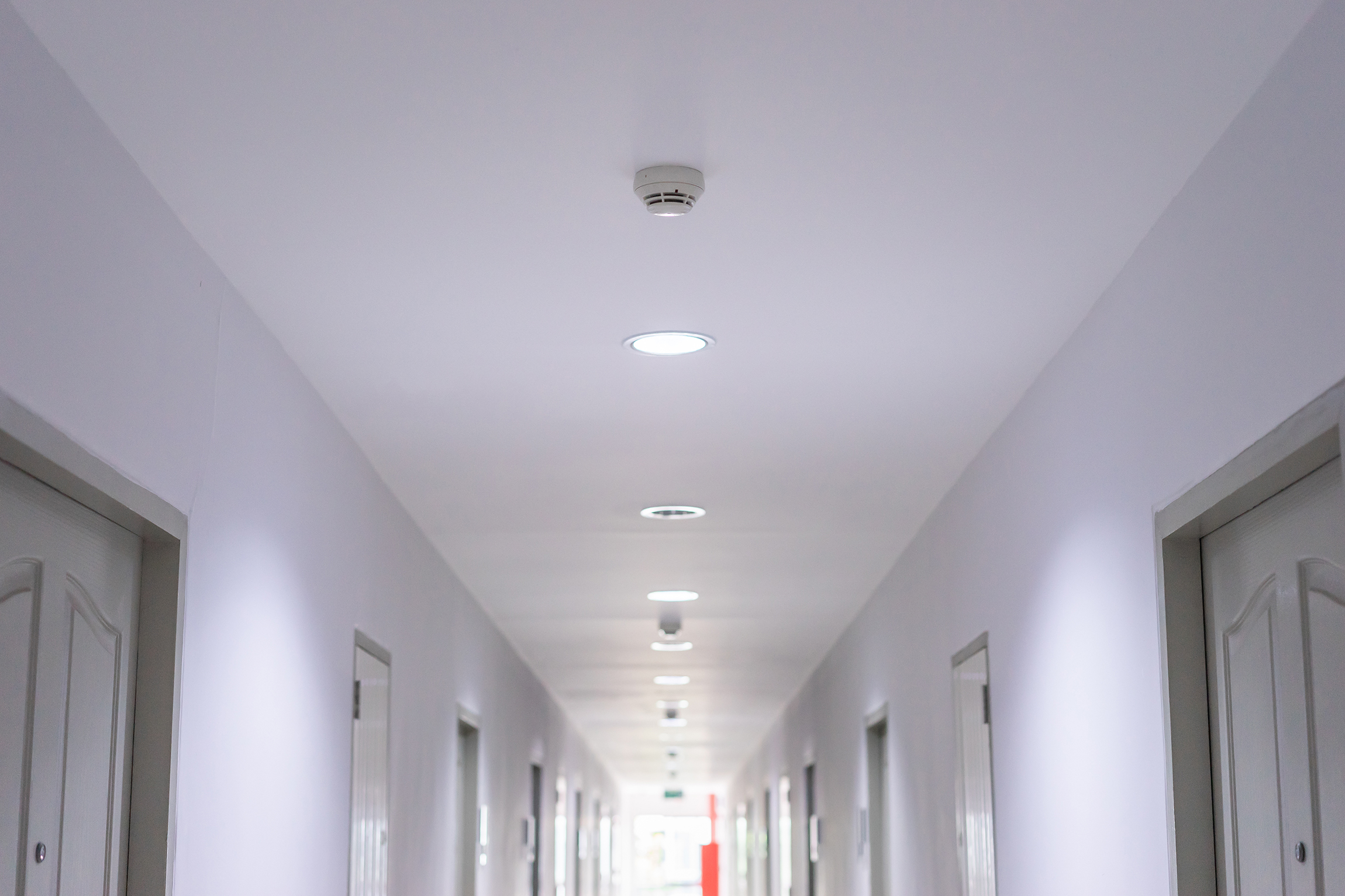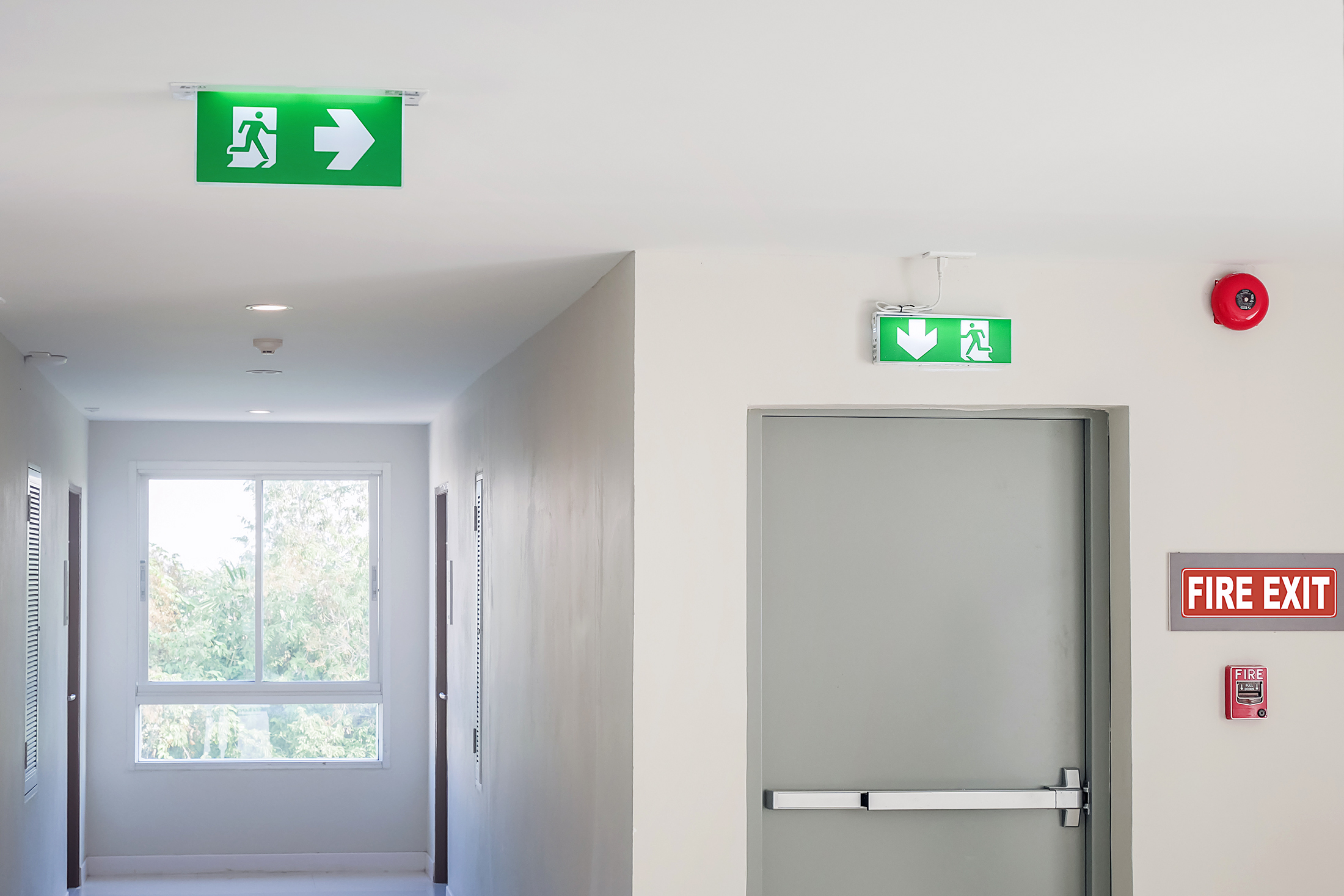WHAT ARE THE RESPONSIBILITIES DIRECTORS MUST ASSUME?
All Directors are ultimately responsible for the safe working environment for leaseholders, visitors, and contractors. A Director must ensure health and safety risk assessments are performed, documented, and acted upon. These are legal requirements and failure to comply can not only put lives at risk but also incur severe penalties.
Running an RMC is not so clear cut. Health and Safety protocols must not be bypassed. Should an incident occur, or recommendations have been ignored, the officers of the RMC could be held liable.
To avoid breaches in legislation, the following risk assessments must be undertaken annually by the RMC:
- A health and safety and fire safety risk assessment of all communal and external areas (including the roof). As these areas are considered a working environment, due to repair or maintenance works, a risk assessment must be made for all contractors entering the premises. If there were to be an accident and there was no proof of a risk assessment having been carried out, the RMC is more likely to be prosecuted and/or sued for negligence.
- An electrical safety assessment of all electrical systems and conductors. Any electrical equipment that is supplied by the landlord, must be regularly tested, and properly maintained (fixed wiring within communal areas must be tested every five years by a qualified engineer).
THE PROPERTY MANAGEMENT COMPANY AND CONTRACTORS
When instructing contractors, Directors must ensure that contractors are fully qualified to carry out the works allocated to them in a way that will not endanger others. This includes robust ‘Working at Height’ processes in situ. A breach may result in a civil claim and/or investigation and potential prosecution by the Health & Safety Executive.
Working at height
This pertains to working at any height, including below ground level, whereby a person could potentially fall from and sustain an injury.
The principle is that any work at height that can be avoided, should be if it is practical to do so. However, if it cannot be avoided then it should be planned and assessed, so that work can be performed with the least risk possible. This includes tasks such as changing light bulbs, general cleaning, testing smoke detectors and cleaning gutters. A landlord should ensure that all equipment supplied for the purpose of these tasks should be regularly checked and display safety precautions for its use.
Legionella
Legionella is a bacterium common in water systems which can result in legionnaires’ disease and can be fatal. It is therefore necessary for checks and controls that protect heating, water, ventilation, and air conditioning systems to be put in place.
It is the duty of the landlord or agent to control the risks of legionella in any pipes, tanks and taps in common parts (including a cleaner’s cupboard). However, cold water tanks or taps and showers within lessees’ flats are usually the responsibility of the lessees, unless the lease dictates that the responsibility falls to the landlord.
Initially, a risk assessment should be carried out by an expert, and if any risks are recorded, an action plan should be produced to reduce the risks, which should then be reviewed annually.
A SAFE WORKING ENVIRONMENT MUST BE ENSURED
MORE INFORMATION
If you would like to find out more information on the responsibilities of a Resident Management Company Director, please click below.


